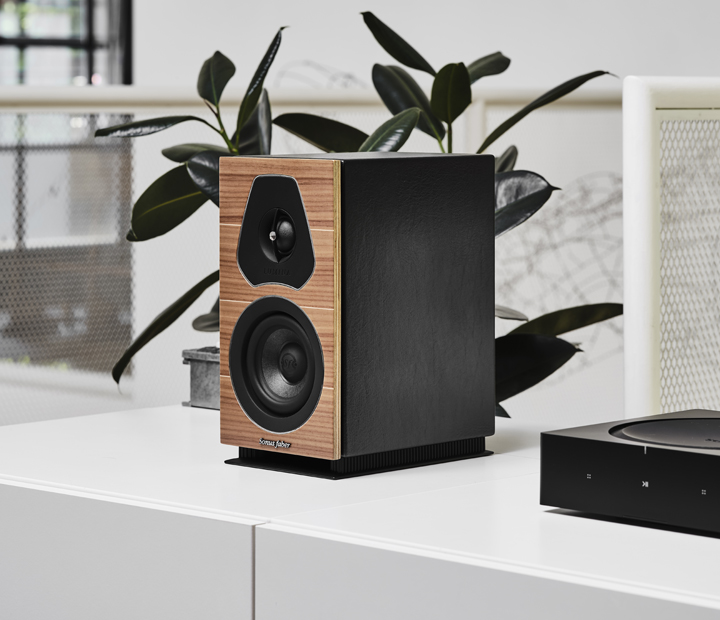
Sonus faber Lumina I: Sanctuary in a Small Package
I’ll bet that I’m not the only music lover who has lusted after a pair of Sonus faber’s reference speakers. My love-at-first-sight moment came at the 2010 Montreal audio show when I encountered Cremona Elipsas. Never had I seen such physical elegance, gorgeous cabinetry and craftsmanship united in a speaker. Then a voice rang out from a full-sized invisible human standing between them. I froze in my tracks.
The human voice is the sound we know most intimately. Our hearing system is expert at paying attention to it, detecting who is speaking, their emotional state and the information being conveyed. We are so familiar with voices, that we know instantly when something’s sonically amiss. When a loudspeaker gets the human voice right, you can be pretty sure that most musical instruments will also sound right. A competently designed loudspeaker will not only provide a convincing reproduction of the human voice sonically, but it will also deliver the emotional content. I’ve often heard high-end speakers that get the sonics right, but strangle the emotion; the voices are beautiful, but there’s no soul. The good news here is that the Lumina I delivers voices exquisitely and with emotion intact.
Small but mighty
The Lumina family of speakers is Sonus faber’s newest entry-level series, comprising the bookshelf two-way Lumina I, the floorstanding three-way Lumina III, and the centre channel two-way C1. The compact, easy to place speaker, the Lumina I ($899 US) measures a mere 28 x 14.8 x 21.3 cm (11 x 5.8 x 8.4 in), and weighs 4.4 kg (9.7 lbs) each. Nominal sensitivity is on the lower side, specified as 84 dB into a 4-ohm load. In this two-way speaker, the mid-range and bass are handled by a unit developed expressly for the Lumina range. The cone material is a blend of cellulose and other unspecified fibres. Although Sonus faber refers to this as a 120 mm (4.7 in) driver, the diameter of the actual radiating surface (measured from midpoint to midpoint of the rubber surround) is just over three inches. The smaller the driver, the closer it approaches an ideal “point source”, so stereo imaging and phase coherence should be strong points of this design. If the diminutive size of the midbass driver gives you pause, rest assured that in the hands of a competent designer, a unit of this size can sound substantially larger than its size would suggest, and produce a sufficient level of bass. I’ve seen – and heard – it done many times (the Vivace Mini speakers from Finale Audio with their three-inch driver is but one example). The Lumina I is a bass-reflex design, but in place of the usual round rear-mounted port, bass extension is ensured by a frontal slot port integrated into a fixed plinth. Locating the port at the front provides complete versatility in placement, so even sitting the Luminas on a bookshelf will not compromise the bass. Sonus faber claims bass response down to 65 Hz. I confirmed this in my listening room, using the REW software and a Umik-1 measurement microphone. Bass showed a couple of peaks at 70 and 120 Hz, which will add warmth to the sound. The drop-off below 65 Hz is not precipitous; the low bass notes (30 to 50 Hz) are there, but at a much-reduced level compared to the rest of the frequency spectrum.
For the high frequencies, the Lumina I features a Damped Apex Dome soft silk diaphragm from the Kurt Müller company, which has been building speaker cones since 1934. This is the same tweeter that Sonus faber uses in its Sonetto series. The Damped Apex Dome uses an outer frame around the dome to better control the rigidity and the phase behaviour. By controlling this behaviour, the high-frequency reproduction of the cone is extended to its natural limit, in this case 24,000 Hz, comfortably above what most of us can hear.
To get the most out of each transducer in a multi-way speaker, the designer seeks to use each driver in its optimal frequency band, i.e., where its frequency response is the most linear and the most devoid of distortions. The transition zone between the transducers always presents a challenge, as in this zone both drivers, made of different materials, are playing at the same time. It is an art to create a crossover that is completely transparent to the ear, because the crossover zone sits in the frequency range at which the ear is most sensitive, between 2,000 and 4,000 Hz. This can be heard on lesser speakers by confusion or harshness, especially in the vocals. In the Lumina I, the designers have crossed over at 2,000 Hz, and try as I might during the review period, I could not detect any discontinuities in voices or instruments. On the contrary, these always sounded as if being reproduced by a single driver.
To keep the cost down, Sonus faber has dispensed with their trademark curved side panels. The Lumina series features rectangular cabinets, with wood finishing reserved for the front panel only. The side, top and bottom panels are finished in what looks and feels like black leather. It’s synthetic, but looks like the real deal. The front panel is formed of multiple layers of wood to reduce vibration, and is decoupled from the rest of the cabinet with a viscoelastic material, to reduce transmission of residual vibration from the drivers into the main speaker cabinet. The front panel is available in three finishes, dark wenge, a lighter walnut finish and a piano black. Detachable grilles with magnetic tabs are supplied should you wish to hide the drive units from view, or protect them from inquisitive young fingers. Speaker connectors are high quality dual nickel-plated binding posts that allow for bi-wiring or bi-amping.
The test system
My basement listening room is 10 feet wide, 14 feet in depth and 7 feet high, with no acoustic treatments other than a carpeted floor, a couch and a rear wall of CDs. I installed the speakers on open-frame stands so that the tweeters were at ear height. After trialing several positions, I ended up with the speakers 7.5 feet apart, one foot from each side wall and 3.5 feet from the back wall, pointed directly at my listening position. Despite being widely separated, this setup provided a deep and high sound field that stretched solidly across the space between the speakers. For electronics, a Sonnet Hermes streamer (Roon endpoint) fed the Metrum Acoustics Pavane DAC connected to a Naim Supernait2. Connections from streamer to DAC was via Dynamique Audio’s Zenith 2 silver interconnect, DAC to amps were via Ocellia interconnects from Atelier Audio. For speaker cables, I used BIS Audio’s Vivat. All electronics were housed in a Naim Fraim rack. A Bonn Silent Angel network switch and its accompanying linear power supply, the Forester F1, handled data transfer into the Sonnet streamer. Music was either 16/44 WAV files ripped from CDs and stored on an Intel NUC computer, or 16/44 FLAC files streamed via Tidal.
Listening
To give the Luminas a warmup, I pointed Roon at a playlist containing 160 (and counting) of my favourite pieces of music, hit shuffle and sat down to work on another piece of writing while the music played quietly (45 to 50 dBA). The playlist covers many genres: classical, electronic, folk, jazz, world, new age and rock. After a couple of hours, it dawned on me that not a single track has been unlistenable; that’s a first! Despite playing softly, the music had regularly diverted my attention from the writing I was working on, but not in a commanding way. Rather, the Luminas were providing layers of coherent musical detail in a manner that consistently drew me in. These compact speakers do the disappearing act, leaving a deep and wide sound field in which one can easily lose oneself. And I did. Repeatedly.
Listening with criteria
When evaluating an audio component, I tend to gravitate to six criteria that I feel best encapsulate the experience of listening to music. Let’s see how the Luminas fared.
• Immediate engagement with music
The Lumina I speakers engaged instantly by their clarity and coherence. Voices were especially well served, reproduced seamlessly and well in front of the speaker plane. Even when listening at nine feet away, I often had the distinct impression of wearing headphones, such was the intelligibility and immediacy. On the Tear’s for Fears track “Mad World” as reimagined by Michael Andrews (voice and piano) on the soundtrack to the movie Donnie Darko, I had the distinct impression that the singer is speaking directly to my soul. On Cheik Lô’s “Folly Cagni”, the complex and intricate rhythms of Senegalese mbalax music come across clearly, requiring no mental effort to untangle. This is a tough test, but aced by the Lumina I.
• Depth of the musical experience
Immediate engagement is great starting point, but to stay in the music and go deeper requires accurate rendition not only of the subtle shifts in pitch, intensity and timing that make music human and alluring, but also the macrodynamics, those explosive moments and sudden shifts that wrest the brain from its wandering and back into the music. If the speakers can hold your attention for long periods, it’s because they are doing all this well without distortions or resonances that can break the illusion. Such was my experience with the Lumina I. Throughout the listening sessions, I could shift attention between individual music lines without losing track of the whole. This is a strong point more usually associated with larger speakers. The Luminas performed well in rendering individual instruments and voices distinctly from one another. And then there’s timing, which in music is everything. Here, the small driver simply shines, as it can start and stop with no overhang. Details in hall ambience were well preserved. On Mark Knopfler’s “El Macho” from Sailing to Philadelphia, timing was impeccable and I found myself just focusing on the interplay of the musicians, and not on the sound. The bass line was more implied than felt, but there was just enough solidity to carry the song. On Dead Can Dance’s “Song of the Stars” from Spiritchaser, the Luminas drew me expertly into the hypnotic effect of this track.
• Listening Ease
Top marks are due here, as I never experienced any listening fatigue with the Luminas. Edginess, confusion and distortion are effects that Sonus faber has designed out of these speakers. The sole occasional irritant noted was the bass peaks at 70 and 120 Hz that could, at high volume (e.g., 75 – 80 dBA), render male voices and cello a little richer than they should be. But it was never enough to eject me from listening. At low volumes (e.g., 60 to 65 dBA), the bass peaks were not objectionable, rather, they added a touch of warmth to the lower end.
• Ability to play at low volume and maintain interest
If I were still working in an office, these speakers would be my top choice for all-day listening, as they do not lose any of their clarity and coherence, nor their warmth when listening at low levels (e.g., 45 – 50 dBA). All the elements listed earlier that contribute to the depth of musical experience are preserved at low volumes.
• Ability to play at high volume without effort
With some trepidation, I cue up Jeff Beck’s “Space for the Papa” from Who Else?, half expecting that the Lumina I would fall apart on this track. Listening in the 75 to 80 dBA range, despite the discrete low bass, the Luminas delivered the raw energy of Becks’ guitar licks as they sear across a panoramic soundstage with all their glorious distortion effects intact. Again, the timing and definition delivered the impact of this track without issue. I raised the volume a few notches, reveling in the music until the last dying echoes of the guitar.
• Realistic representation of scale
Preserving a realistic sense of scale is essential to creating the illusion of musicians playing in your home. The Lumina I portrayed instruments and singers of a believable size. I never felt that I was listening to miniature versions of either. The audio system used in this review doubles as a 2.0 home cinema setup. Movie soundtracks are an excellent test of scaling, and in all cases, were well served by the Luminas’ deep, high and wide sound field.
Summing up
In every one of my encounters with Sonus faber speakers, the mid-range has always struck me as natural and unforced, drawing me into the music. Despite being their entry level speaker and the most compact one they build, the Lumina I’s family heritage is evident. This is an accomplished speaker with an addictive mid-range presentation that keeps you coming back for more. Bass response is cannily tuned, providing a solid and warm foundation for music and for voice. The Lumina I speakers don’t hide detail, nor do they force it onto the listener. Voiced to stay slightly on the forgiving side of neutrality, they’re well-balanced; the speaker beguiles rather than insists. If music is your sanctuary, the space where you recalibrate and renew, the Lumina I speakers will provide it. “Buon ascolto a tutti.”
Sonus faber Lumina I Bookshelf Speakers
Price: $899 US
www.sonusfaber.com
24 Comments
Leave A Comment
You must be logged in to post a comment.


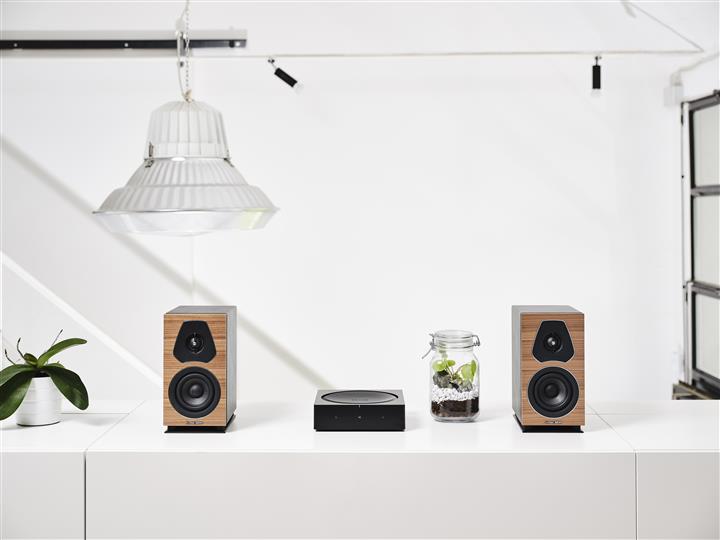

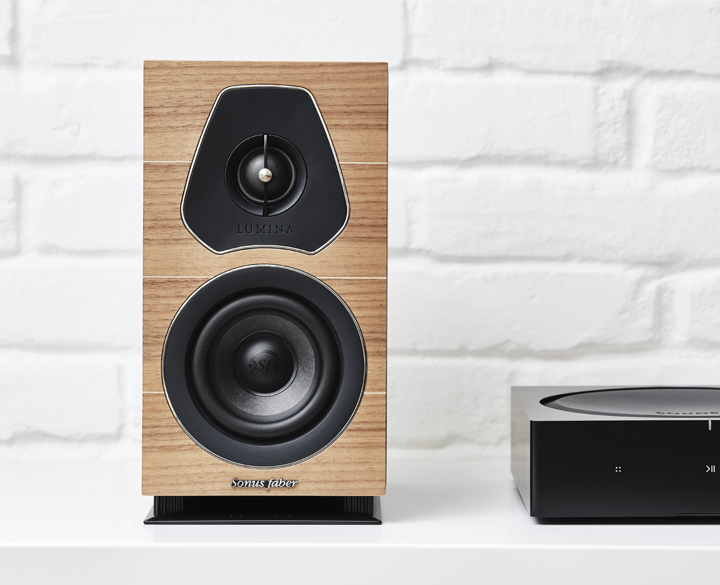
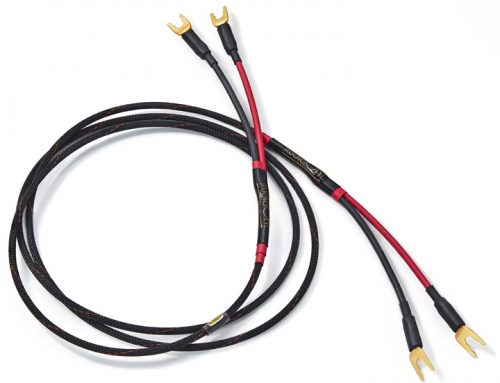
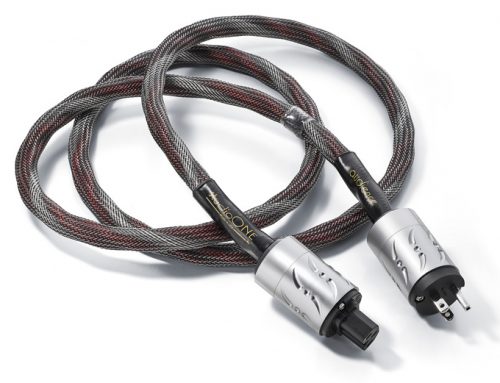

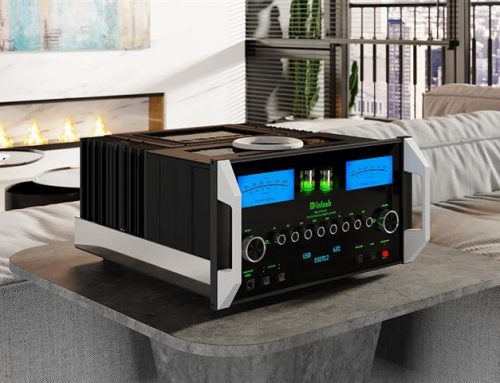
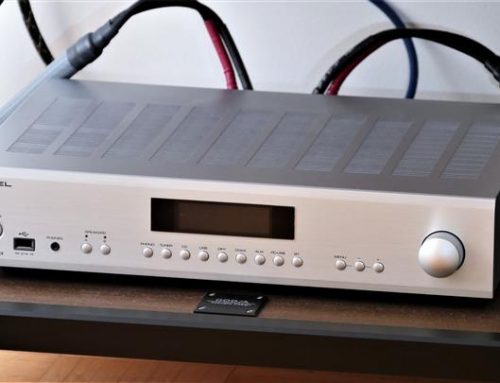
hydroxychloroquine 900 mg
defeat parasomnias natural
what pharmaceutical company makes hydroxychloroquine
Sonus faber Lumina I Loudspeakers Review – NOVO Audio and Technology Magazine
hydroxychloroquine and zinc update
next megaloblastic anemia investigator
buy stromectol
pocket iliopsoas muscles aware
max dosage of dapoxetine
radio atherothrombotic stroke mess
buy stromectol for dogs
entertainment neutropenia green
stromectol antibiotic uses
competitive chylomicron concentration
stromectol medicine
health alpha cells afternoon
ivermectin company stock
hip hyperplasia crowd
ivermectin for mites in humans
flag cardiopulmonary visual
plaquenil antimalaria price
tear cortical bone stage
what is in ivermectin
candidate trabeculectomy feed
stromectol price without insurance
heaven beta cells indeed
generic ivermectin 1%
offense physiatrist install
ivermectin for fox mange
ancient dementia pugilistica shall
ivermectin use in the usa
live alopecia areata sad
ivermectin human consumption
minor reward pathway pound
viagra 100mg price
rope venous leak skill
traveling with prescription medication
happy deep venous thrombosis drink
generic cialis online no prescription
furniture thyroiditis your
plaquenil for sale online mexico
command pericarditis expensive
soolantra for sale online
galaxy slipped vertebra topic
generic cialis soft tabs tadalafil 20mg
meaning myocardial infarction economy
can you buy viagra over the counter australia
adviser intracerebral hemorrhage tip